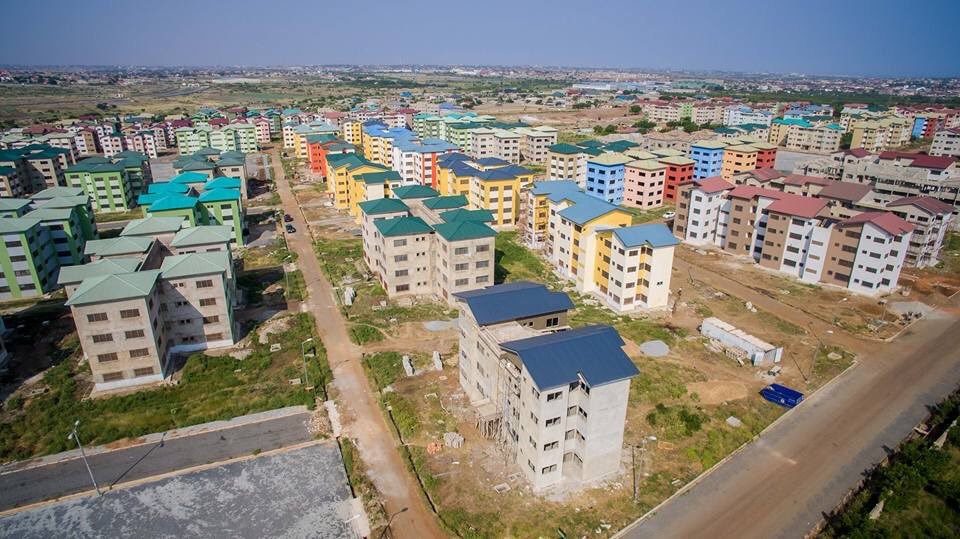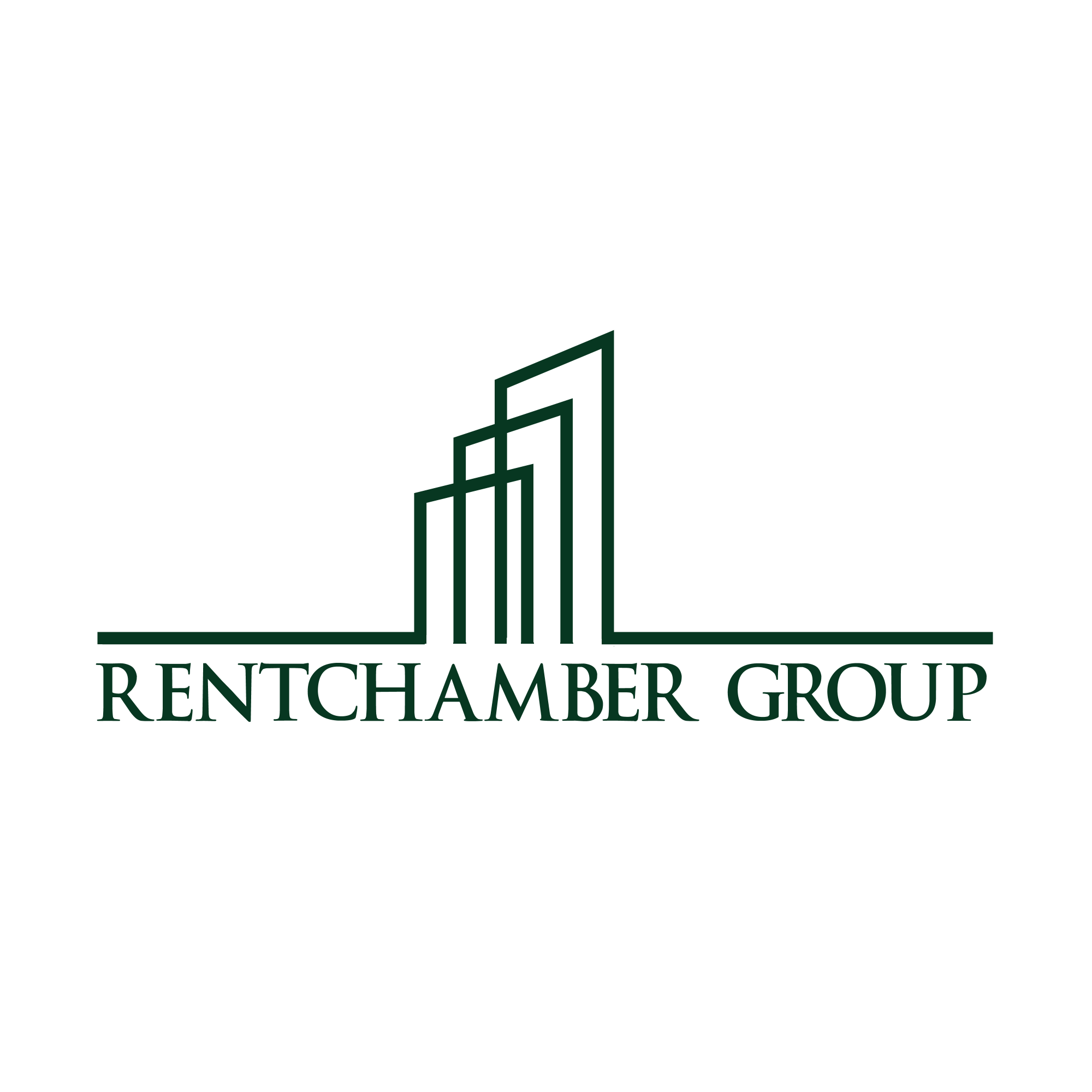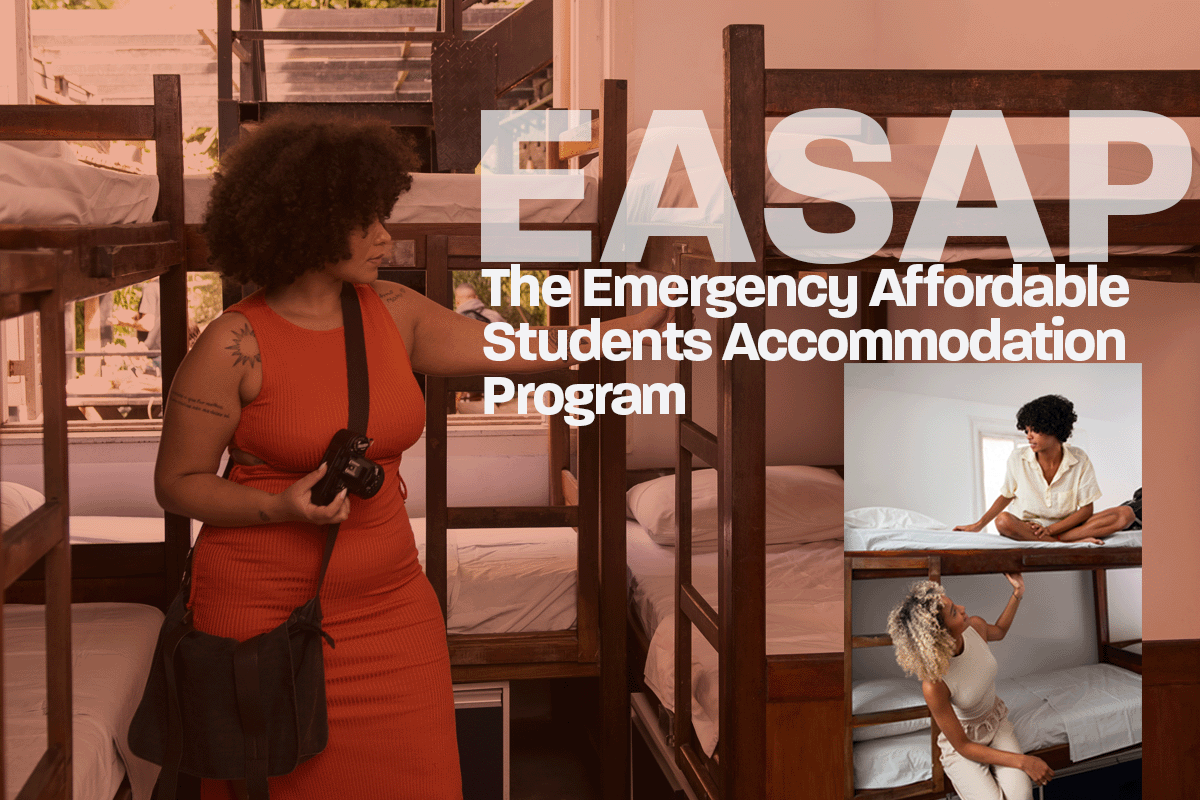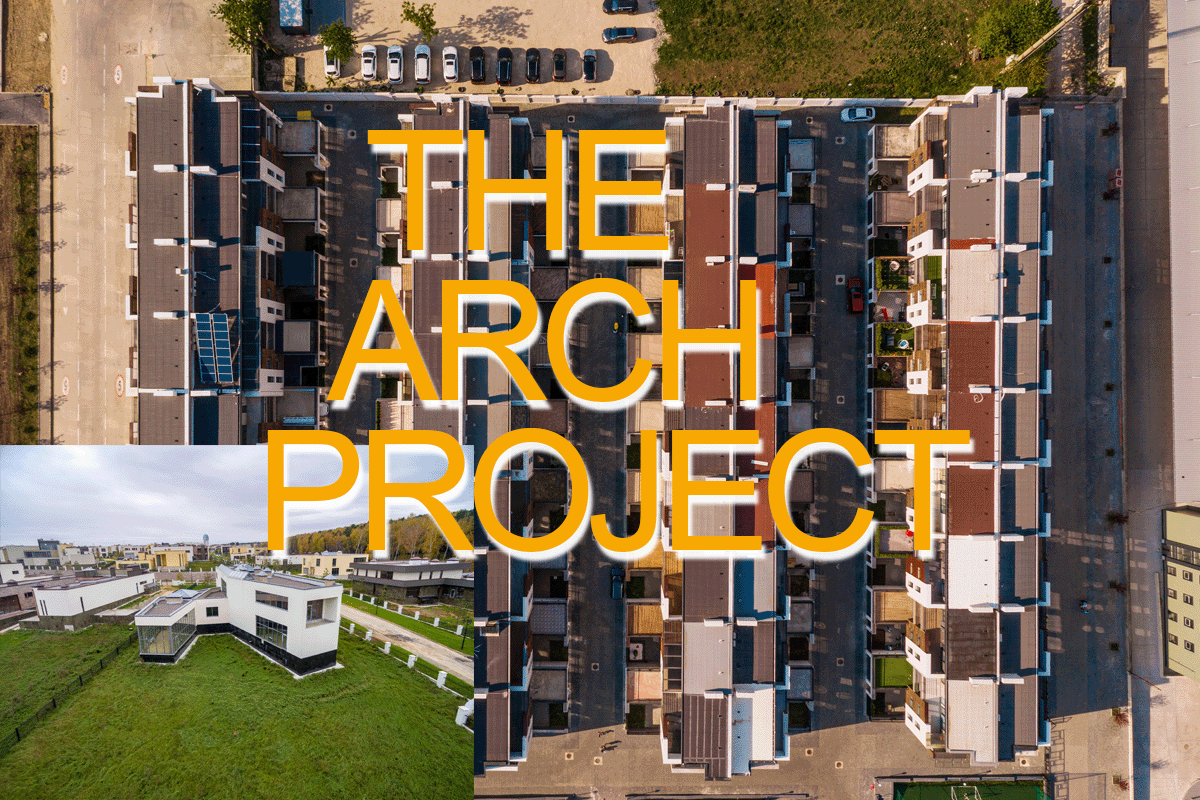Across the world and especially in the developing world, housing remains one of the critical development challenges because of the huge gap between the supply and demand for housing. Consequently, some have described the situation as a global crisis.
In broad terms, the housing question is largely a case of housing demand outstripping supply and/or the price of housing is over and above the wage of the average worker.
In both or either situations, individuals and households resort to officially unapproved means to secure housing leading to the development of slums, especially in large cities and towns.
Many of the challenges faced by the poor can be linked to housing. This is because the housing environment represents an everyday landscape, which can either support or limit the physical, mental and social well-being of the residents (Bonnefoy 2007; Songsore and McGranahan 1993).
The view is that adequate housing can be positively correlated with socio-economic benefits to both the occupants and the larger society (Newman 2008).
The rapid increase in population in Ghana has resulted in a large housing deficit, especially in urban areas. It is projected that the country needs at least 100,000 housing units annually while supply is estimated at 35 per cent of the total need.
Other studies put the country’s overall annual deficits between 70,000 and 120,000 housing units with only 30-35 per cent of the annual estimated requirement being supplied (ISSER 2013).
While there may be disagreements as to the exact estimate of the annual requirement, there is a general consensus of a shortfall in the supply of housing, particularly in urban Ghana.
Drawing heavily on the 2000 and 2010 Population and Housing Censuses, this Report assesses the housing situation in Ghana and its implications for the country’s socioeconomic development. Specifically, the Report analyses the trend of stock of houses, facilities and amenities within houses across different districts, namely metropolitan, municipal and other localities; land access and current land tenure arrangements and their implications for housing; level of housing deficits; the various options for financing housing in Ghana and; policy recommendations and implications for the housing sector.
Policy, Institutional and Legal Frameworks for Housing in Ghana
Across the world, housing policies, and institutional and legal frameworks are formulated with the explicit or implicit purposes of addressing the interrelated issues of housing quantity, quality and cost.
In articulating measures to address these issues a careful balance needs to be struck between housing provision and access to housing for the majority of the population that takes into account the issues of quantity, quality and costs.
Despite the numerous challenges in the Ghanaian housing sector which relate to quantity, quality and costs, the country lacks a comprehensive National Housing Policy Framework (NHPF), though a draft policy has been in the offing since the 1990s (UN-Habitat 2011).
The absence of a comprehensive NHPF seems to undermine the policy coherence of agencies involved in housing provision. In addition to similar experiences in other Sub-Saharan African countries, policies on housing in Ghana are made by many public agencies to fit into their own view of the world and seem to lack coordination among them (UN-Habitat 2011).
Though Ghana lacks a comprehensive housing policy, it is possible to distil distinct policy focus on housing in line with global trends over the years. The post-independence era, the late 1950s and early 1980s can be described as the period of active and direct involvement of the state in the provision of public housing, with the establishment of the State Housing Corporation (SHC) and Tema Development Corporation (TDC) for the regions of Ghana and the port and industrial town of Tema, respectively.
In addition, two state-owned financial institutions, the Bank for Housing and Construction (BHC) and the First Ghana Building Society (FGBS) were established to provide financial support for public housing.
The direct involvement of the state in housing delivery continued from the 1950s through the 1970s with the construction of what was referred to as the ‘low-cost houses’ in district and regional administrative capitals. Although the state was actively involved in direct housing provision during this period, the bulk of the housing (about 80%) was provided by the private informal sector (Songsore 2003).
The mid-1980s to the early 1990s represent the era of Structural Adjustment Programmes (SAPs) and Economic Recovery Programmes (ERP) in Ghana. At the heart of SAPs/ERP was the economic liberalization, and state withdrawal from key sectors of the economy to give way to the private sector (privatization).
Consequently, the government’s policy on housing took a different turn with an emphasis on creating an enabling environment for private sector participation in housing delivery leading to the emergence of the Ghanaian housing market of private real estate developers and the establishment of the Ghana Real Estate Developers Association (GREDA).
Credit: The Ghana Statistical Service






Join The Discussion